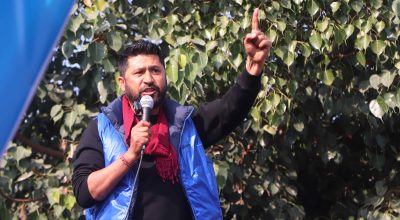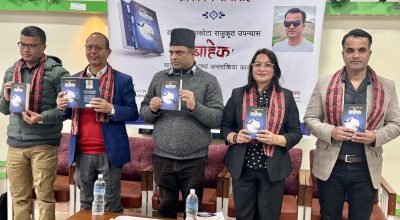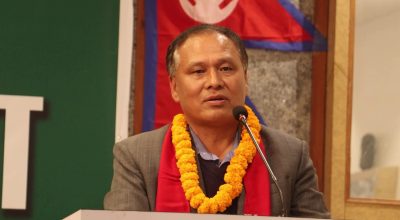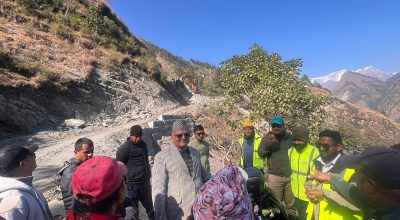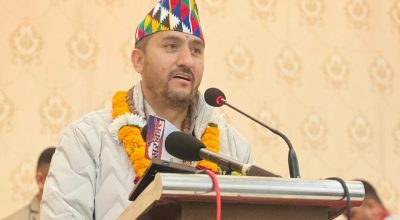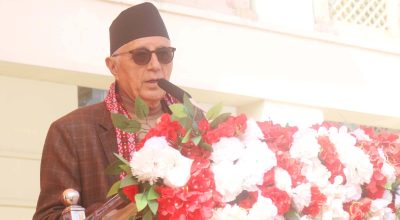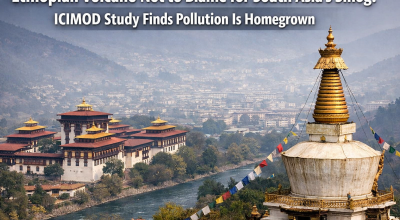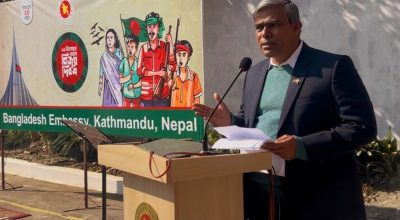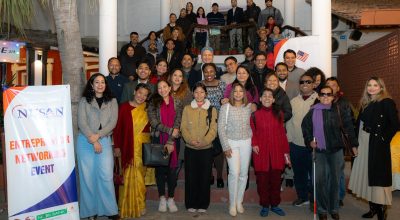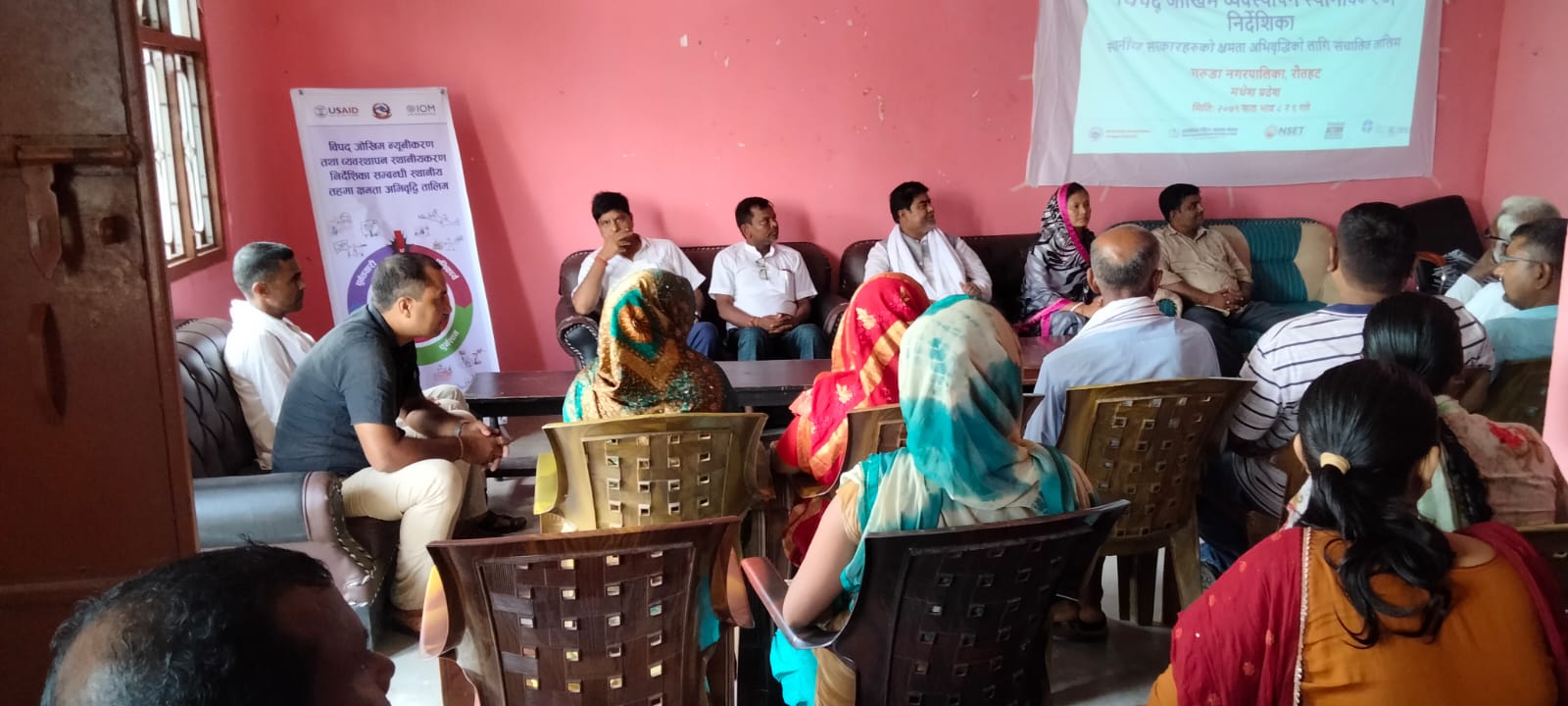
Kathmandu : The International Organization for Migration (IOM) in Nepal has trained over 550 rural and urban municipalities on localization of disaster risk reduction and management (DRRM). Issuing a press release, the IOM has organized training program with the financial support from the Bureau of Humanitarian Assistance, the United States Agency for International Development (USAID). The project, implemented by IOM aims to connect the dots between all local levels across the country, and has already reached over 75% of the municipalities in the country.
Under the leadership of the Ministry of Federal Affairs and General Administration (MoFAGA), IOM has been conducting training for newly elected local level authorities to enable localization of DRRM laws, policies and strategic plans of action. Collectively, these form the basis of strengthened capacity for reducing disaster risk and enhancing community and government capability to respond to future disasters.
“I am confident that the training will be beneficial for the local authorities to develop pre-planning for best and timely responses to crisis as much as for the prevention and minimizing the risks,” said Lorena Lando, IOM Chief of Mission for Nepal.
“In Nepal IOM has been supporting all three-tiers of the government as well as communities and people in their efforts for effective and efficient disaster prevention, preparedness, response and recovery activities since 2018” she added.
The technical assistance is part of IOM’s support to the Government of Nepal in strengthening the legal framework and capacity of local levels for effective and efficient disaster prevention, preparedness, response and recovery activities. The trainings to the local levels are also one of the biggest components of the project in addition to the support to the Provincial Governments on the legal aspect. The training curriculum includes, among other things, dedicated sessions on early warning system and disaster risk information and assessments, thus contributing to Target G of the Sendai Framework “Substantially increase the availability of and access to multi-hazard early warning systems and disaster risk information and assessments to people by 2030”. Furthermore, the 2022 edition of the International Day for Disaster Risk Reduction (IDDRR) day also focuses on Target G.
Under the auspices of the USAID-funded project Preparedness for Risk Reduction through Technical Assistance in Nepal (PARIWARTAN), approximately 12,000 elected local level representatives and government officials have been already trained.
The project aims to provide training for about 6,000 people in the coming months based on the Disaster Risk Management Localization Manual: An Operational Training Manual for DRM Capacity Building of Local Governments developed by IOM in close cooperation with the government of Nepal, based on comprehensive assessment titled ‘Needs and Capacity Assessment of Fourteen Rural and Urban Municipalities on Disaster Risk Reduction and Management in Nepal’ carried out in 14 Local Governments from different topographical locations of 7 provinces.
These trainings have been organized by the project implementing partner consortium, led by the National Society for Earthquake Technology – Nepal (NSET) in partnership with Practical Action Consulting and Lutheran World Federation. The trainings for remaining 51 local levels are being rolled out under other USAID funded projects.
The IDDRR is marked on 13 October every year to promote a global culture of disaster risk reduction, taking it as an opportunity to acknowledge the progress being made toward preventing and reducing disaster risk and losses in lives, livelihoods, economies and basic infrastructure in line with the international agreement for reducing global disaster risk and losses, the Sendai Framework for Disaster risk Reduction 2015-2030, adopted in March 2015. The IDDRR 2022 is focused on raising awareness and mobilizing actions for early warning and early action for all.





